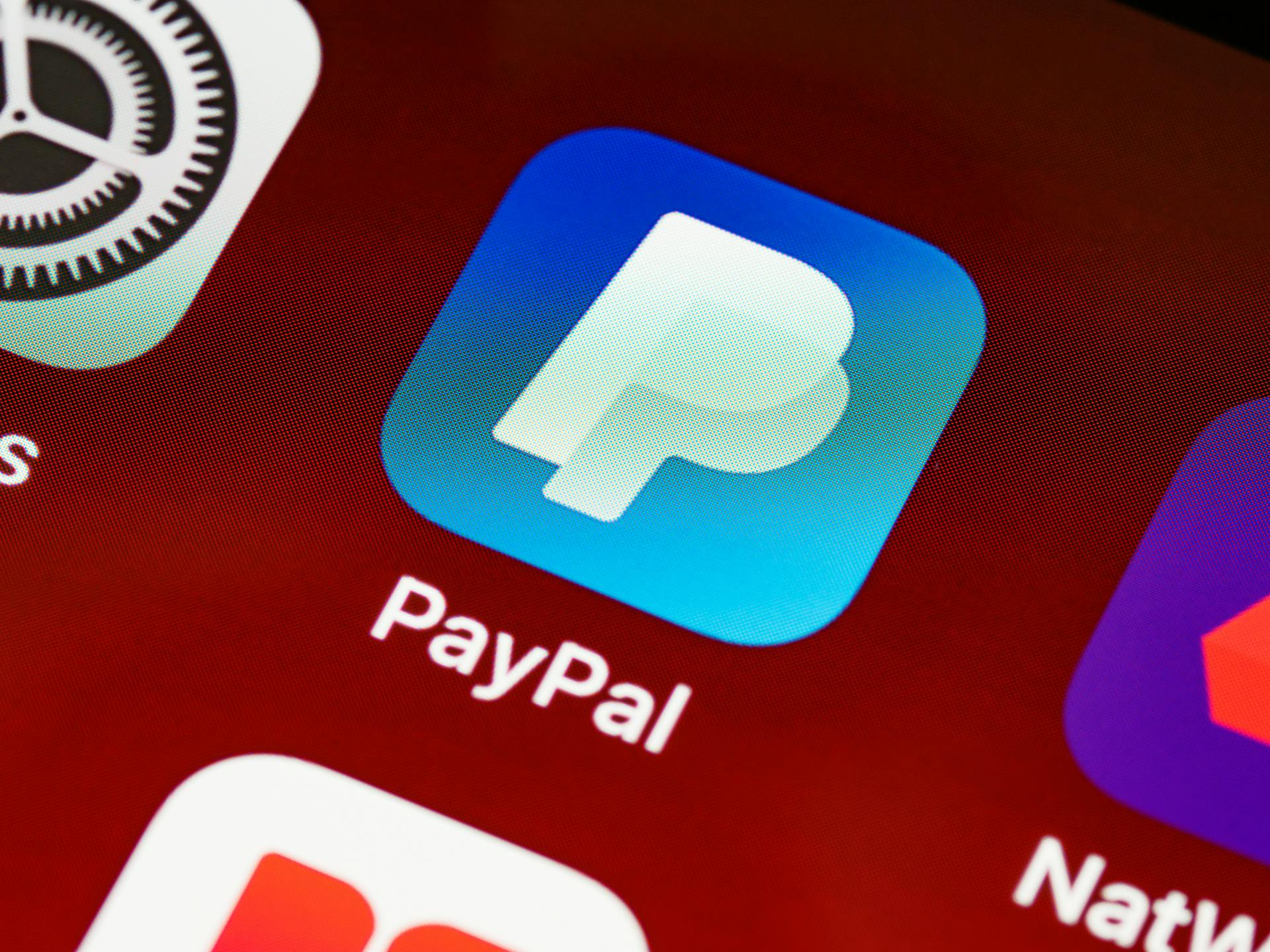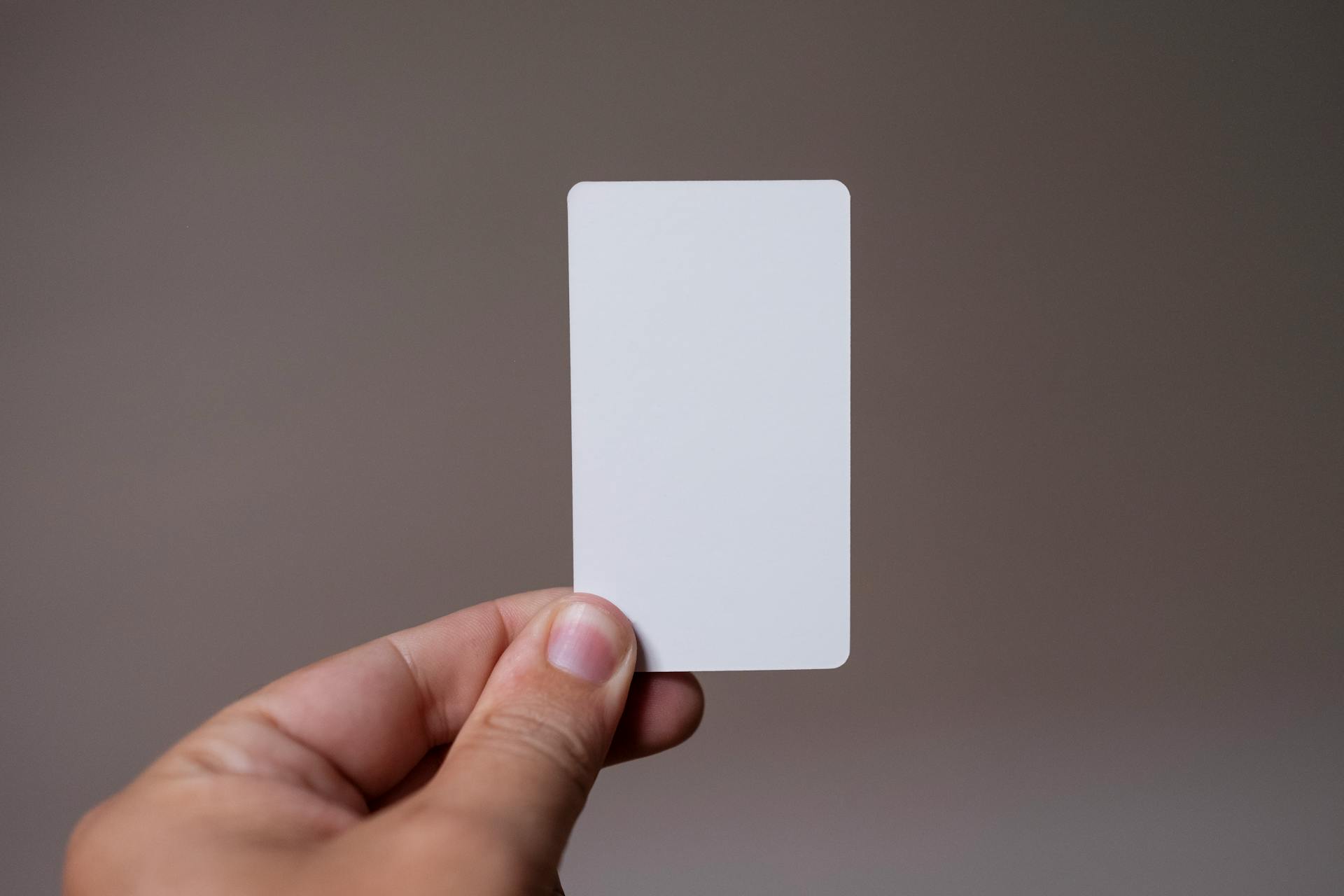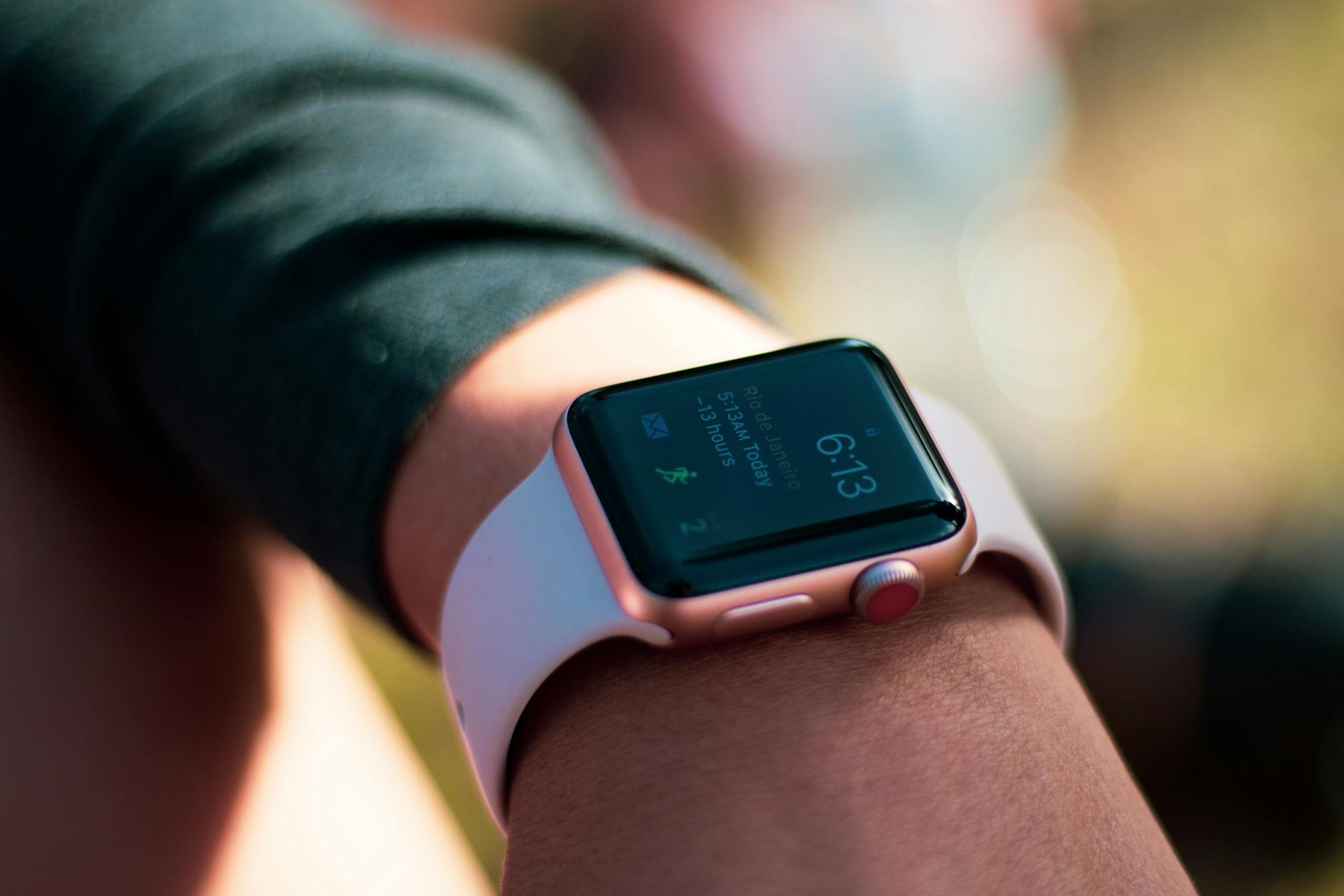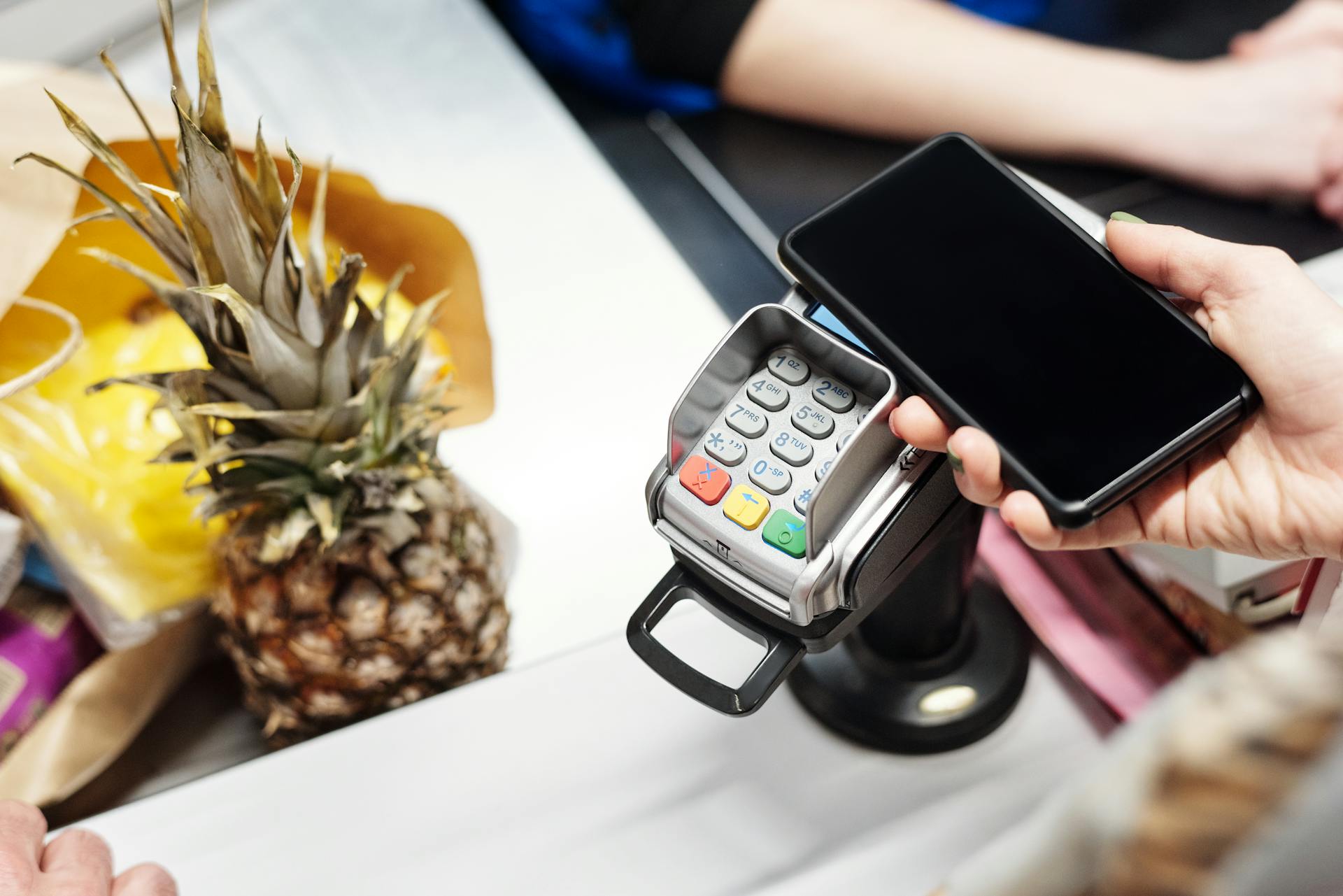
Apple Pay is a convenient way to make payments with your iPhone, but if you're like me, you might be wondering what it's all about. Apple Pay is a digital wallet service that lets you add your credit or debit card information to your iPhone, so you can use it to make purchases in-store, online, or even send money to friends.
To find out what Apple Pay is for, let's start with the basics. According to Apple, Apple Pay is a secure way to make payments using your iPhone, iPad, or Apple Watch.
You can use Apple Pay to make purchases at participating merchants, both online and in-store. In fact, you can even use it to buy things from the App Store. Apple Pay uses a feature called "tokenization" to replace your actual credit or debit card number with a unique device account number, which is stored on your device.
To manage your Apple Pay transactions, you can view your transaction history in the Wallet app on your iPhone. This will show you all the transactions you've made using Apple Pay, including the date, time, and amount of each transaction.
A different take: One - Mobile Banking
Understanding Apple Payments
Apple payments can be confusing, especially if you're not sure what you're being charged for. There are two main categories of charges: purchases and subscriptions.
Purchases are one-time charges, while subscriptions recur over a period of time. This means you'll be charged once for a purchase, but you'll be billed regularly for a subscription.
You can be charged for various types of purchases, including App Store purchases, iTunes media purchases, and hardware purchases made on Apple.com or at an Apple Store.
Some common reasons for charges include downloading apps or music, buying a new iPhone, or purchasing a movie or TV show. These charges will appear on your card as a one-time payment.
Subscriptions can be a bit more complex, but they're still relatively straightforward. You might be subscribed to an Apple service, such as Apple Arcade, Apple News+, or Apple TV+, or you might be paying for third-party app subscriptions billed through the App Store.
Here are some examples of Apple services that may result in recurring charges:
- Apple Arcade
- Apple News+
- Apple TV+
- iCloud storage
- Apple Developer Program
- iPhone upgrade program
Checking Apple Charges
You can view your Apple purchase history online to match up charges on your bank statement.
To find your purchase history, visit reportaproblem.apple.com and sign in with your Apple ID and password.
You can search for a specific charge by entering the amount into the Search box, and it will take into account any taxes that apply.
You can also view the full details of a charge by clicking the View Receipt link.
Small amounts of ~$1 may be an authorization hold that will be refunded, so don't worry if you see those.
If you have multiple Apple IDs, be sure to sign in with each one if you don't see the charge on the first.
Subscriptions have to be deliberately canceled or they just keep on renewing, so make sure to cancel any unwanted subscriptions.
To cancel a subscription, you'll need to go through your purchase history and look for the subscription you want to cancel.
If you're still unsure about a charge, you can report a problem and Apple will help you figure it out.
Suggestion: Mtb Mobile Web Banking
Apple Credit Card Charges
Small amounts of $1 may be an authorization hold that will be refunded, known as a pending charge.
Unanticipated amounts may be grouped charges, which can be confusing.
You can view your App Store and iTunes Store purchases directly from your financial institution's website or mobile app.
To see the details of a transaction, look for an option like "View Receipt" or similar.
If a purchase is listed in your purchase history and you want to ask for a refund, you can read about how to request a refund for apps or content that you bought from Apple.
Subscriptions have to be deliberately canceled or they just keep on renewing, and they should show up in your purchase history.
Generally, you cannot remove a payment method until all subscriptions are canceled and then fully expired.
Curious to learn more? Check out: Wells Fargo Stagecoach History
Apple Charges Explained
Apple charges can be confusing, especially when you're not sure what they're for. Small amounts of ~$1 may be an authorization hold that will be refunded.
Unanticipated amounts may be grouped charges, which can make it harder to identify what you've been charged for. If a purchase is listed in your purchase history and you want to ask for a refund, you can read about how to request a refund for apps or content that you bought from Apple.
Subscriptions have to be deliberately canceled or they just keep on renewing. They should show up in your purchase history though. Generally, you can't remove a payment method until all subscriptions are canceled and then fully expired.
If you're reviewing your bank statement and see a charge with "apple.com/bill", it's likely because you purchased something from Apple, like an app, game, movie, or music. You can also have a renewal subscription to an Apple service, or a family member who shares the account purchased something.
Here are the main reasons Apple might charge your card:
- App Store purchases: Downloaded on an iPhone, iPad, Apple TV, Apple Watch, or Mac.
- iTunes media purchases: These include music, movies, TV shows, or eBooks.
- Hardware purchases: Made on Apple.com or at an Apple Store.
- Subscriptions to an Apple service: These include Apple Arcade, Apple News+, Apple TV+, iCloud storage, the Apple Developer Program, or the iPhone upgrade program.
- Third-party app subscriptions: These are also billed through the App Store.
Sources
- https://support.apple.com/en-us/104954
- https://discussions.apple.com/thread/255647570
- https://www.idownloadblog.com/2021/04/05/apple-billing-apple-com-bill-bank-statement/
- https://www.howtogeek.com/680797/how-to-see-why-apple-is-charging-your-credit-card/
- https://www.checkout.com/blog/what-is-a-device-account-number
Featured Images: pexels.com


